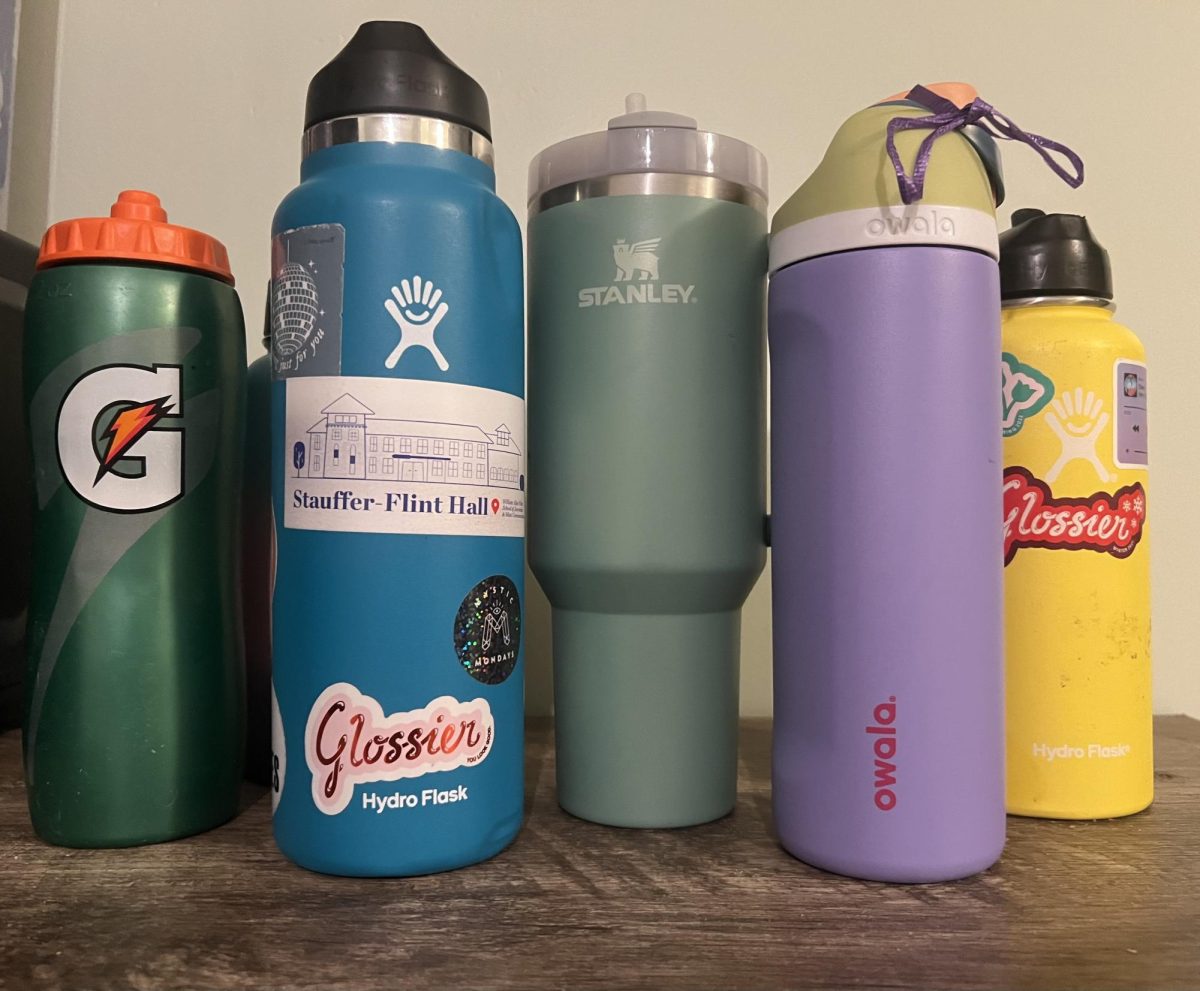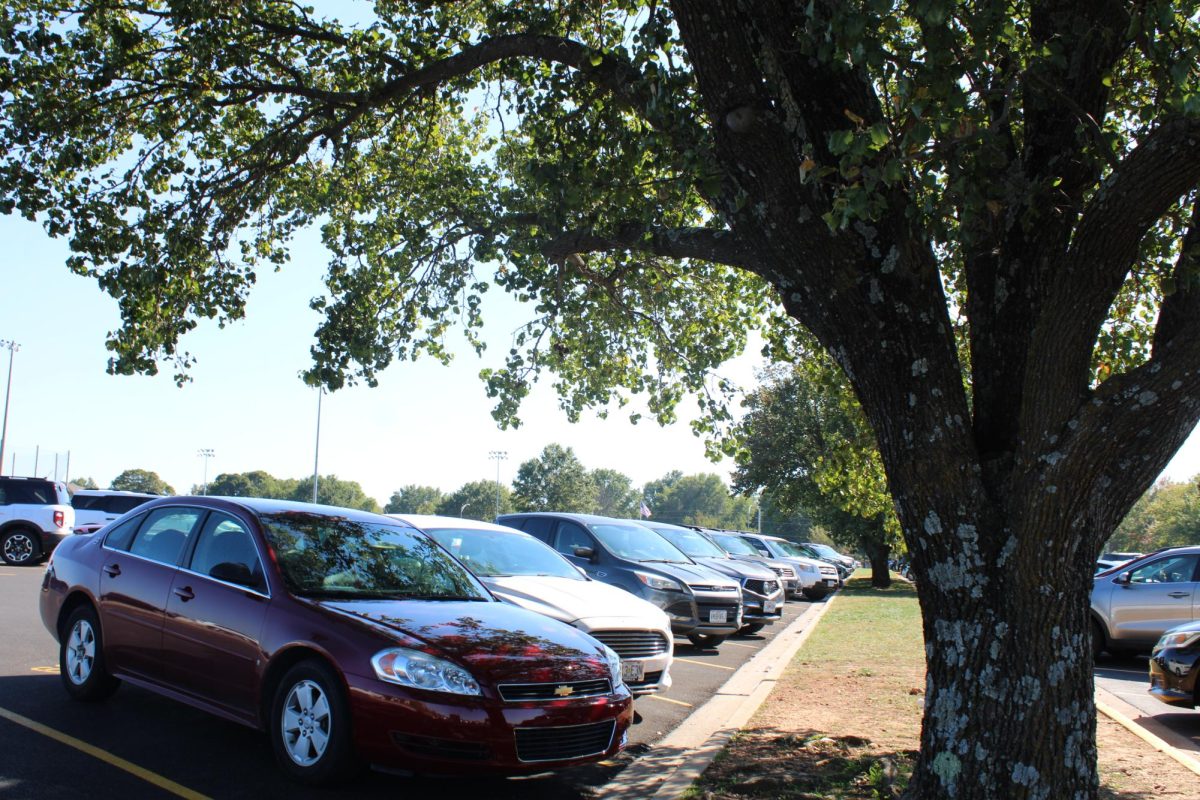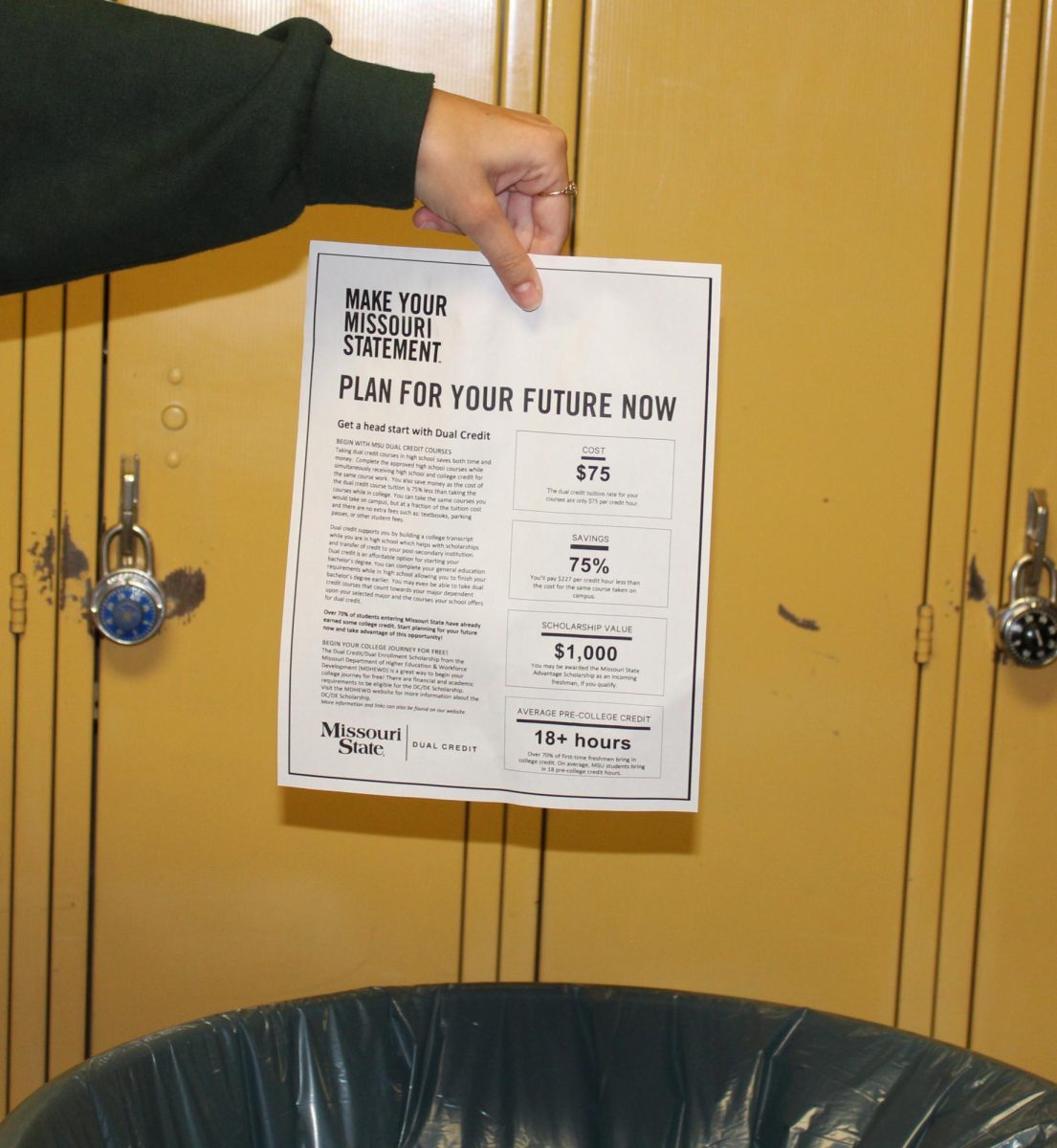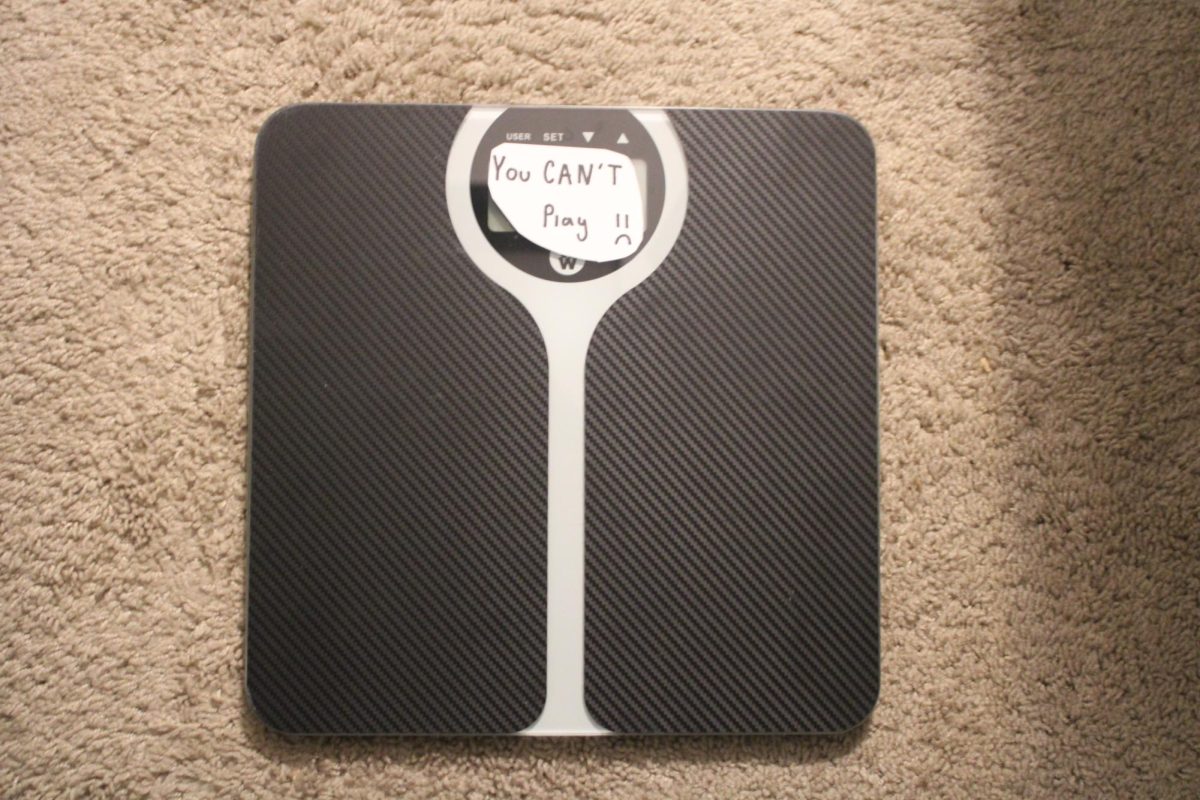Stanley Cups, Hydroflasks, and Owala’s. These trending products all have one thing in common: water bottles meant to be reused in order to prevent waste in the environment. The products were designed to encourage others to utilize less waste, but are the products really helping?
In 2021, it was reported that over 400 million tons of plastic had been found in the ocean according to the UN Environment Program. This amount of plastic has only grown over the years and continues to damage ecosystems and sea life across the world.
Reusable water bottles were designed to help cut back on the amount of plastic found in the ocean. Instead of using countless plastic bottles, you could just keep refilling the same bottle that was capable of keeping your water cold throughout the day.
To help encourage others to buy the bottles, companies have created their products in a variety of colors and have designed products to help your bottle be more personalized to you. This started out as a fun and exciting marketing strategy but has now grown into a bigger problem than anyone realizes.
Hydroflasks, Owalas, and now Stanley Cups have created chaos within the economy.
In efforts to be seen as “trendy” or “cool,” people have taken to practically ransacking stores for the latest water bottle. Instead of just buying one, people have insisted on buying one in every color just because they can. This mindset completely defeats the purpose of “reusable bottles.”
In 2021, Stanley Cups made around $194 million in one year. In 2023, their sales grew nearly five times with $750 million made in one year because of trends.
Purchasing multiple water bottles to stay trendy proves that society does not care about saving the environment and only cares about the publics perception of them. Instead of having something to keep you hydrated, people have begun to see these bottles as an accessory.
Overconsumption of any kind has it’s issues but water bottles bring even more issues. Air pollution, climate breakdown, resource loss and biodiversity breakdown are results of overconsumption across the globe. What started as an effort to improve the environment and provide a brighter future for new generations, has now been reduced to a constant push and pull of product and demand.
According to the United Nations International Children’s Emergency Fund or UNICEF, if everyone in the world consumed resources at the rate European countries and the United States does, 3.3 earth’s would be needed to keep up with consumption levels. Minority countries across the globe face polluted water and air while the rest of the world continues to spend money and focus on the publics perception of themselves.
The rise of overconsumption in regards to water bottles proves our ignorant privilege. We choose to spend and get new products instead of appreciating the resources we have at home. As fun as trends are, we don’t fully realize the impact our actions and spending have on the world.
Reusing products that we have at home can help reduce overconsumption and although it might not be as trendy, you’ll be able to benefit from it in the long run.







